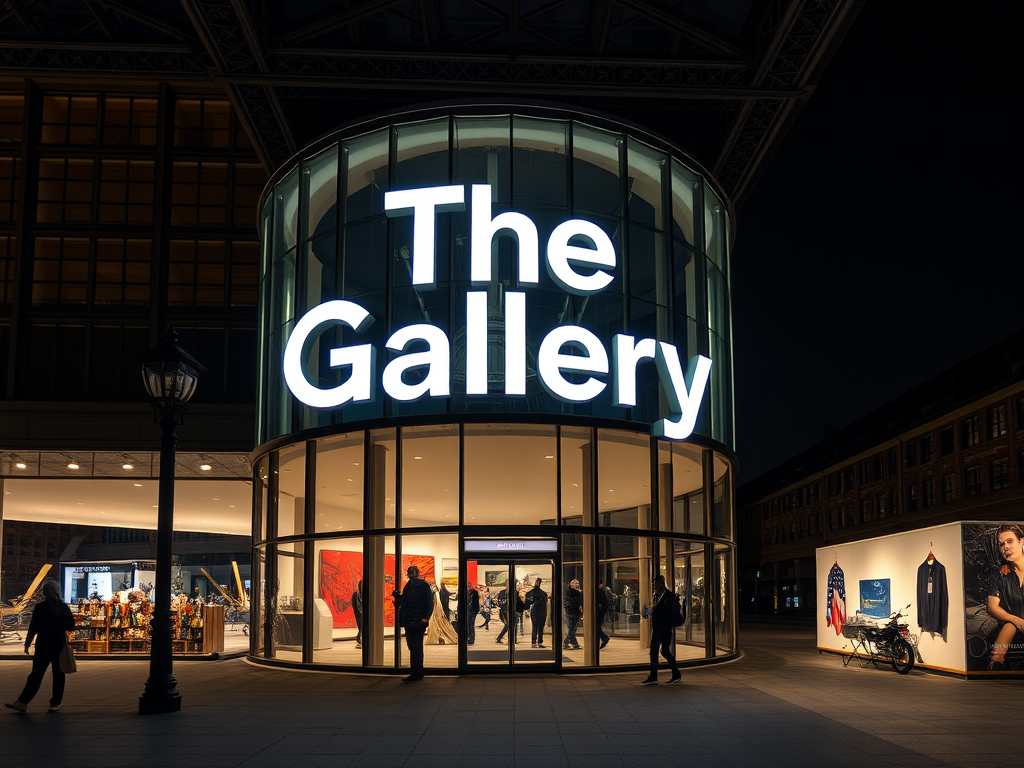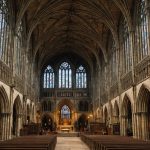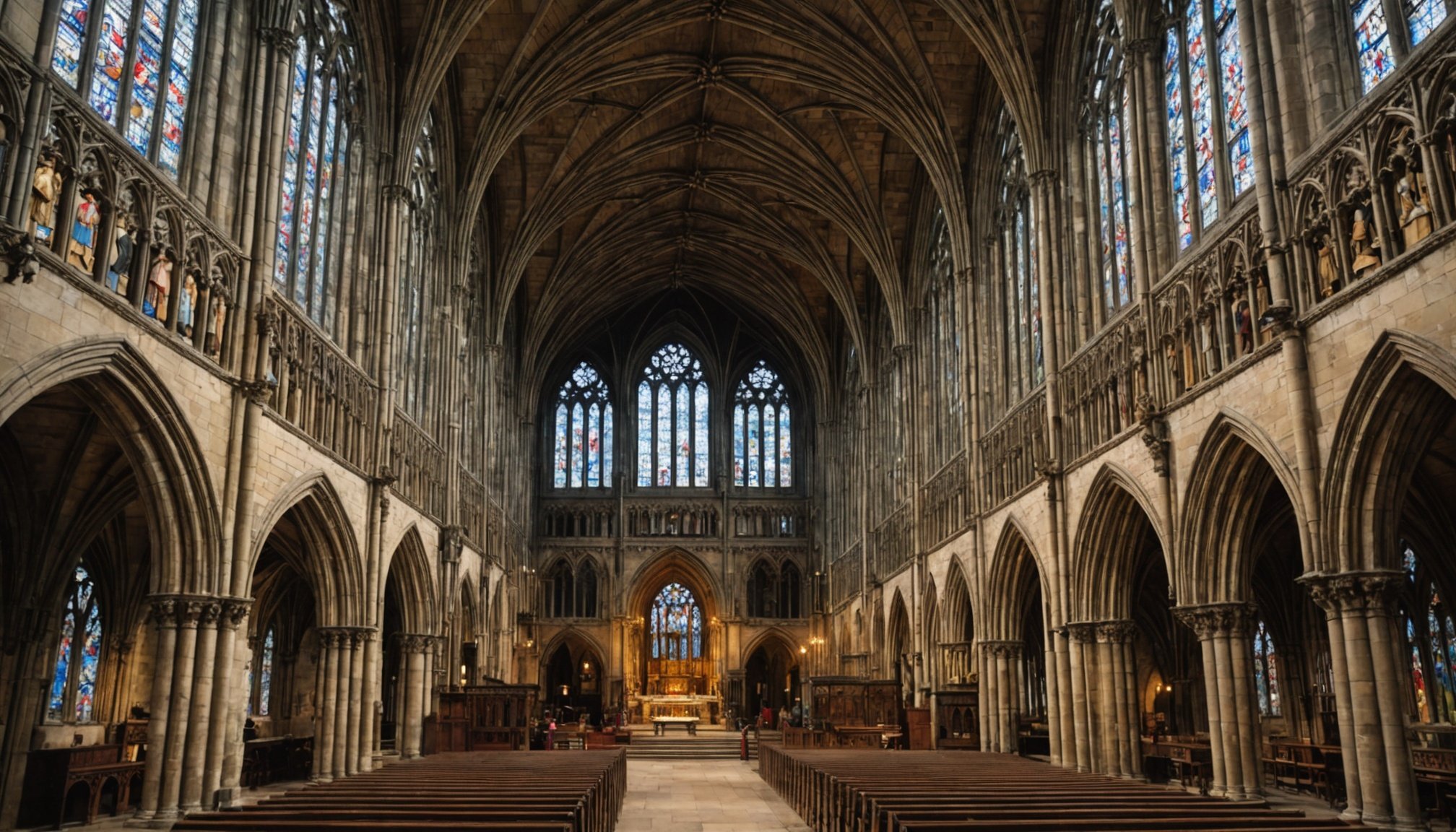Overview of Notable Medieval Cathedrals
Medieval cathedrals in the UK are a testament to history’s architectural and cultural evolution. These monumental structures not only symbolize religious significance but also reflect the artistic prowess of their time. Heralding from the Gothic, Romanesque, and Early English styles, each cathedral showcases distinctive architectural elements that set them apart.
The historical significance of these medieval cathedrals is profound. They were centers of spiritual life, social gatherings, and political events, often serving as the hub of medieval society. Beyond their religious roles, these cathedrals have witnessed important historical landmarks, from royal coronations to significant medieval events.
In the same genre : Immerse Yourself in the UK’s Ultimate Victorian Christmas Market Adventure
Architecturally, UK cathedrals are exquisite. Gothic styles captivate visitors with stunning stained glass windows and vertiginous spires, while Romanesque designs draw admiration with their robust arches and intricate reliefs. The evolution in design throughout the medieval period tells a story of artistic growth and innovation. Each cathedral, though varied, interlinks the story of an era marked by devotion and creativity.
For those exploring these medieval marvels, engagement in multiple architectural styles offers a journey through history, revealing the rich tapestry of times long past.
In parallel : Exploring the Hidden Gems of the UK’s Historic Canals: An Engaging Journey Through Guided Adventures
Hidden Gems and Unique Features
When exploring UK medieval cathedrals, one often discovers hidden treasures that elude the casual visitor. Among the most fascinating are the unusual architectural details that provide a glimpse into the creativity of medieval artisans. For instance, some cathedrals feature unique carvings or unexpected elements like extraordinary gargoyle designs, which serve not only as decorative aspects but also as water spouts.
Unusual Architectural Details
Numerous cathedrals incorporate architectural elements that are not immediately apparent. Subtle variations in stone carvings and ornate wooden pews often embody the personal touches of the craftsmen. These details reflect region-specific influences, offering insights into local history and cultural nuances.
Hidden Chapels and Altars
Alongside these features are hidden chapels, tucked away from the main nave, where visitors can uncover lesser-known areas of worship. These intimate spaces offer a quiet retreat, often adorned with unique altars displaying intricate religious iconography.
Unique Stained Glass Windows
The stained glass windows in these cathedrals are also noteworthy. Some windows reveal stories of saints and historical events with impressive vibrancy and detail. The importance of these artworks extends beyond their beauty; they served as visual narratives during a time when literacy rates were low, communicating stories of faith and history to the masses.
Captivating Historical Anecdotes
UK medieval cathedrals are rich with captivating historical anecdotes that capture imaginations and bring their storied pasts to life. One notable event is the dramatic murder of Thomas Becket in Canterbury Cathedral in 1170, which transformed the cathedral into a significant pilgrimage site. This event, driven by a conflict between the King and the Church, had far-reaching impacts on medieval society and the power dynamics of the era.
Another enthralling tale involves the construction of York Minster. During its lengthy building period, a fire in 1829 destroyed parts of the cathedral, highlighting the persistence of craftsmanship and community in its restoration. These constructions reflect on the perseverance and dedication that symbolize the era’s architectural pursuits.
Personalities linked to these cathedrals, like Saint Cuthbert, echo historical reverence. Durham Cathedral, where his body was laid to rest, became a focal point for worship and devotion. Each of these intriguing stories holds a fundamental role in understanding the notable events that have shaped the very foundations of medieval society and the enduring charm of these iconic landmarks.
Visitor Tips and Practical Information
Embarking on a journey to explore UK medieval cathedrals can be an enriching experience if you plan wisely. Consider the best times to visit; mornings and late afternoons often offer quieter moments, perfect for serene reflection. Seasonal variations also play a part. In spring and summer, natural light enhances the beauty of stained glass windows.
Decide between guided tours and self-exploration. Guided tours provide in-depth knowledge and context, illuminating hidden treasures and notable architectural styles. Meanwhile, exploring independently grants you the freedom to ponder at your own pace and revisit places of interest.
Don’t overlook accessibility and amenities. Many cathedrals ensure step-free access, ramps, and audio guides. Facilities like restrooms and cafés make visiting more comfortable.
With practical tips, your visit to these historically significant sites can be smooth and memorable. Whether delving into rich histories or savoring the sheer architectural beauty, planning enhances this cultural journey.
Off-the-Beaten-Path Cathedral Sites
For those who crave discovering hidden sites and lesser-known cathedrals, the UK holds a treasure trove of unique experiences. These underappreciated gems, often overshadowed by their more famous counterparts, offer a delightful journey into the past, untainted by large crowds.
Ripon Cathedral in North Yorkshire, for instance, captivates with its impressive Saxon crypt, a timeless relic of religious history that beckons the curious explorer. St. Davids Cathedral in Pembrokeshire presents a fusion of austere Norman architecture and lush surroundings, creating a spiritual retreat that feels untouched by time.
The journey doesn’t end there. Wells Cathedral astonishes with its scissor arches—a rare architectural marvel—and its tranquil Chapter House, often overlooked yet brimming with historical charm.
These sites provide unique architectural experiences, reflecting the myriad influences that shaped medieval construction across regional lines. Thus, visiting these cathedrals isn’t just about admiring architectural prowess but diving into the narratives each site whispers to its visitors. Uncovering these hidden treasures serves as a reminder of the UK’s rich and diverse cultural heritage lurking just beneath the surface.









